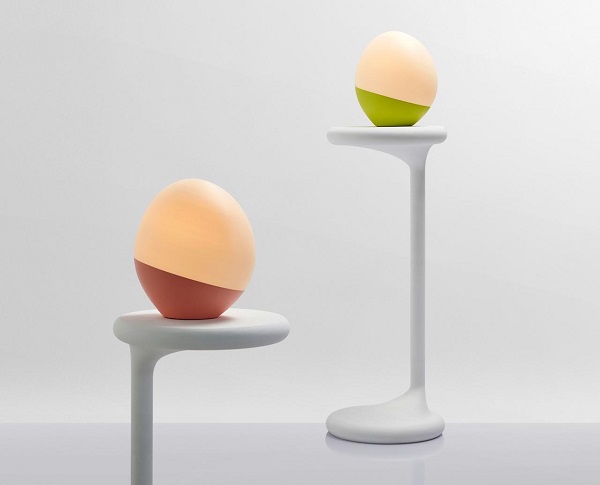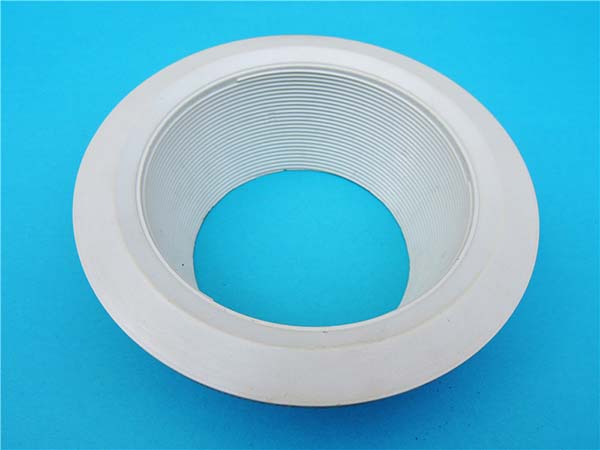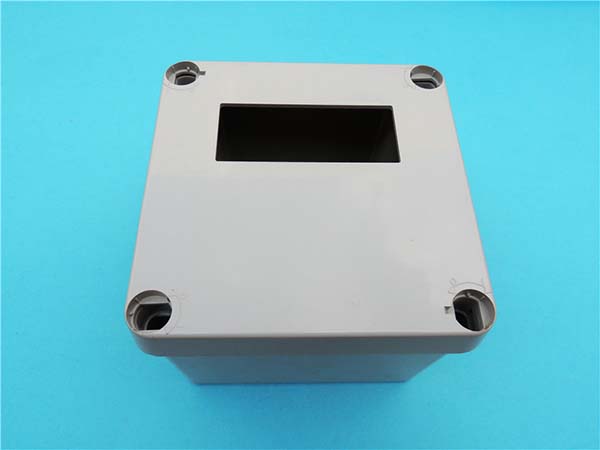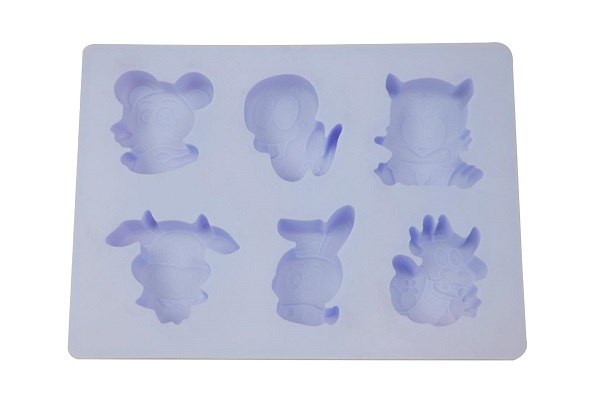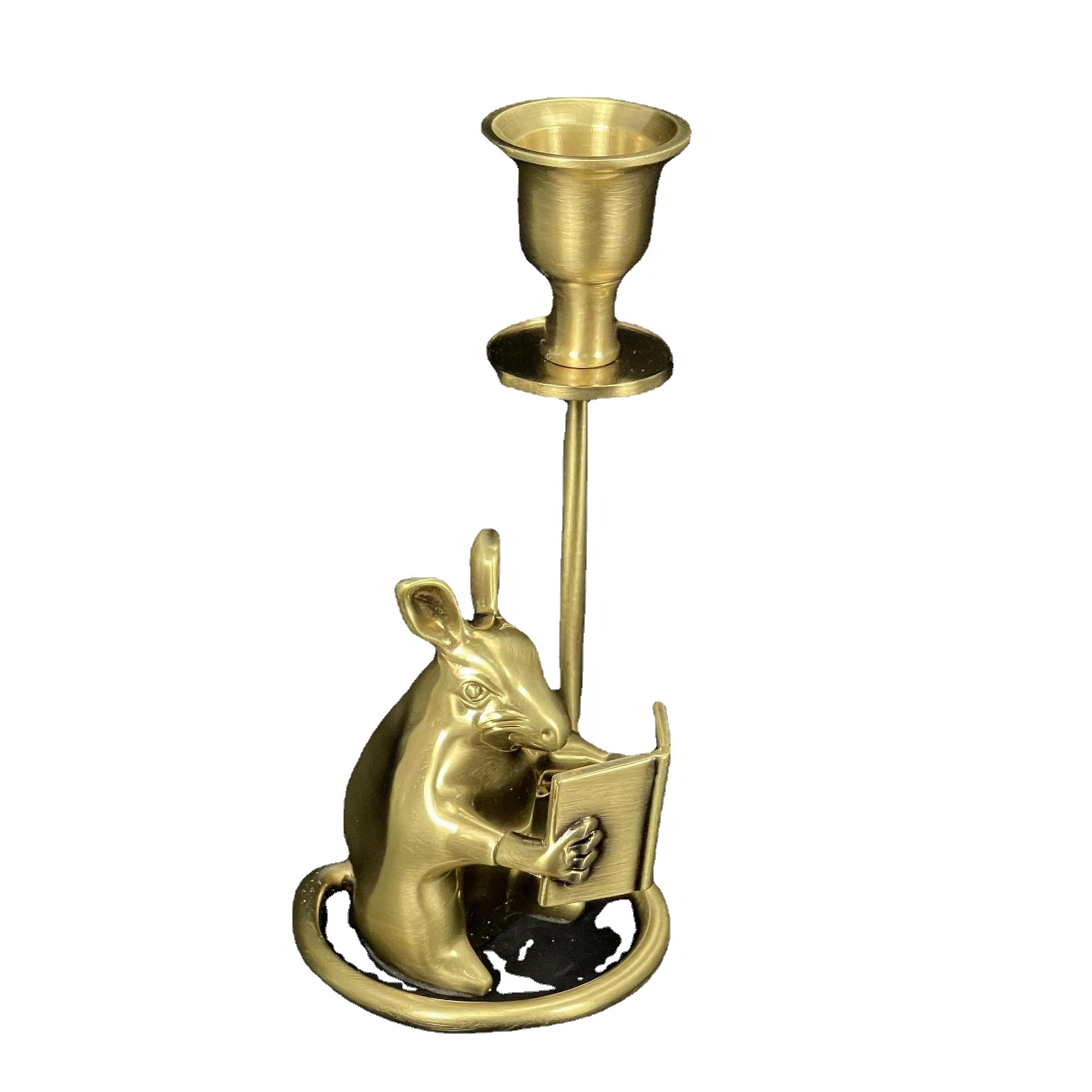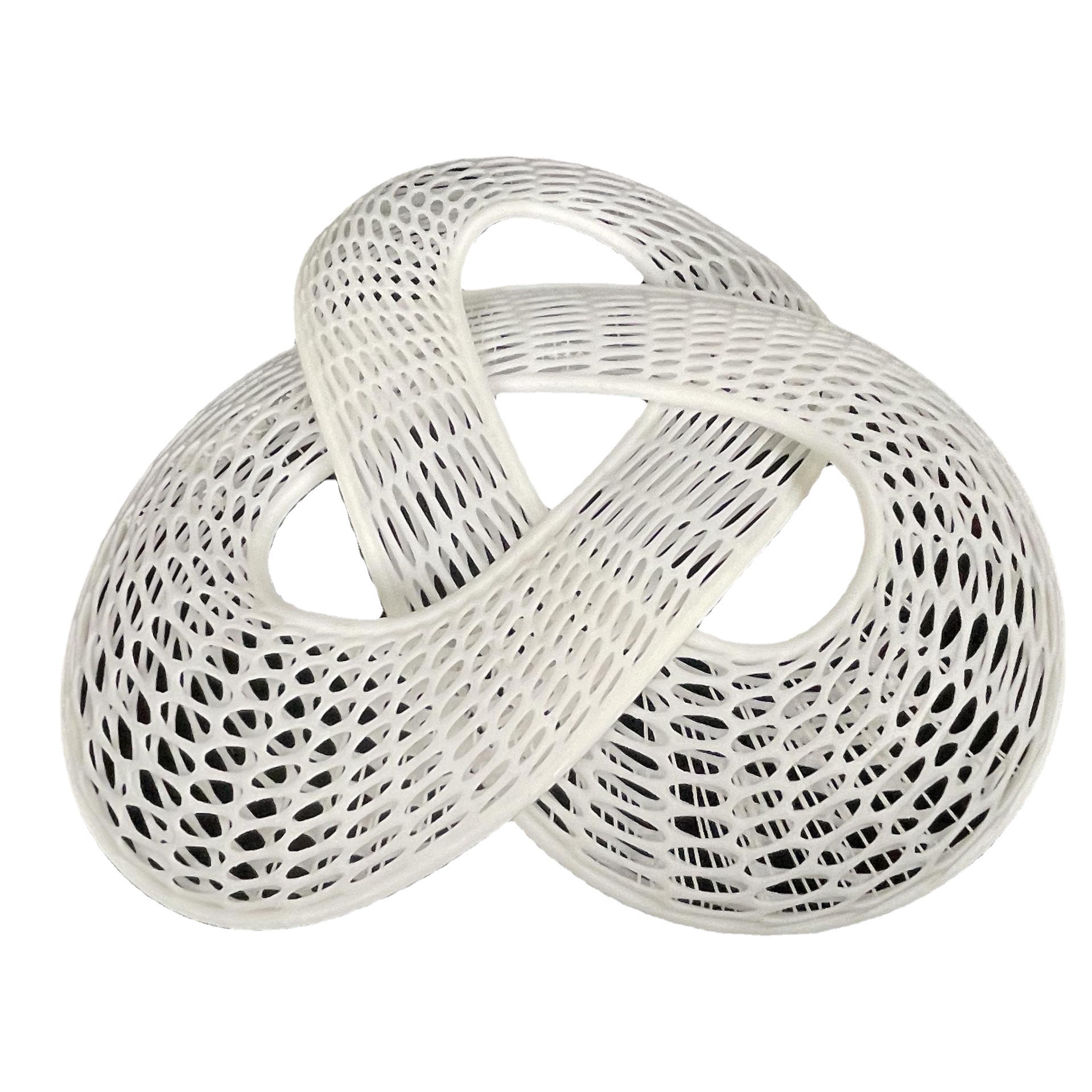1. Introduction: The Artistic Revolution of Metal SLS Printing
Metal SLS (Selective Laser Sintering) printing has emerged as a transformative force in contemporary metal art, bridging the gap between imaginative design and physical realization. By fusing precision laser technology with powdered metal materials, this technique empowers artists and designers to create intricate, high - strength metal artworks that were once impossible with traditional fabrication methods. Industry reports indicate a 65% surge in artistic applications of Metal SLS over the past five years, driven by its unique ability to handle complex geometries and deliver museum - grade finishes. Yigu Technology explores how Metal SLS is redefining artistic boundaries, from sculptural masterpieces to bespoke jewelry, by offering unprecedented design freedom, material versatility, and production efficiency.
2. The Technical Foundation of Metal SLS Printing
2.1 How Metal SLS Works: From Digital Art to Metallic Masterpiece
Metal SLS operates on a powder-bed fusion principle, where a high-powered laser sinters fine metal particles (15–50μm diameter) layer by layer (50–100μm thickness) into a solid structure. The process involves:
- Digital Modeling: Artists use CAD (Computer - Aided Design) software or 3D scanning to create a digital prototype. This digital stage is a playground for creativity. For Yigu Technology instance, an artist aiming to create a biomorphic sculpture can use organic shape - generating tools in CAD software. They can also design intricate 镂空 structures, like a metal lattice inspired by the internal structure of a honeycomb, or parametric designs where changing a single variable can alter the entire form. This digital freedom allows for a level of design complexity that was previously unfeasible in traditional metalworking.
- Laser Sintering: The laser selectively fuses powder particles at temperatures just below their melting point. The process takes place within a controlled chamber filled with argon or nitrogen gas. This inert gas environment is crucial as it prevents oxidation of the metal powder during the sintering process. As the laser moves across the powder bed, it traces the cross - sectional shape of the digital model for that particular layer. Layer by layer, the artwork is incrementally built up, with each new layer bonding to the previously sintered one.
- Post - Processing: Once the laser sintering is complete, the first post - processing step is debinding, which involves removing the unsintered powder from the newly formed structure. This powder can be carefully collected and reused in future prints, contributing to the cost - effectiveness of the Metal SLS process. After debinding, heat treatment is often carried out. Heat treatment can enhance the mechanical properties of the metal, such as increasing its strength and toughness. Finally, surface finishing techniques are applied. Polishing can give the metal a smooth, mirror - like finish; plating can add a layer of another metal for decorative or protective purposes (e.g., gold plating for a luxurious look or nickel plating for corrosion resistance); and patina application can create unique color and texture effects, similar to the aged look on copper or bronze statues.
2.2 Metal SLS vs. Traditional Metalworking: A Technical Comparison
| Criteria | Metal SLS Printing | Traditional Metalworking (Casting/CNC) |
| Geometric Freedom | No geometric restrictions (internal channels, lattice structures) | Limited by mold complexity or tool access |
| Material Waste | <5% (unsintered powder reused) | 30–50% (subtractive processes) |
| Production Time | 24–72 hours for complex pieces | 1–4 weeks (mold fabrication, machining) |
| Feature Detail | Up to 50μm feature detail | Dependent on tool size (typically 200μm+) |
| Material Versatility | Stainless steel, aluminum, titanium, cobalt - chromium, and nickel alloys | Limited by casting/machining feasibility |
Geometric Freedom: In traditional metal casting, the mold has to be designed in a way that allows for the easy removal of the cast object. This often restricts the creation of complex internal structures or overhangs. CNC (Computer Numerical Control) machining also has limitations as the tool needs to have access to all areas of the workpiece. In contrast, Metal SLS can create complex internal channels, like those in a heat exchanger design, or lattice structures for lightweight yet strong components, without any additional support structures in many cases.
Material Waste: Traditional subtractive manufacturing processes, such as CNC machining, often involve removing large amounts of material to achieve the desired shape. This results in high material waste, typically around 30 - 50%. Metal SLS, on the other hand, uses only the amount of powder required for the object, and the unsintered powder can be reused, leading to material waste of less than 5%.
Production Time: For complex metal artworks, traditional methods can take a long time. Mold fabrication for casting can be a time - consuming process, followed by the actual casting and then machining to achieve the final shape, which can take 1 - 4 weeks. Metal SLS can produce complex pieces in a much shorter time, usually within 24 - 72 hours, depending on the size and complexity of the object.
Feature Detail: The feature detail in traditional metalworking is highly dependent on the tool size. Smaller features require smaller tools, which can be more difficult to work with and may have limitations in terms of strength and durability. In Metal SLS, the laser can achieve feature details of up to 50μm, allowing for the creation of extremely fine and detailed elements in the artwork.
Material Versatility: While traditional metalworking can work with a wide range of metals, some alloys may be difficult to cast or machine due to their properties. Metal SLS can handle a variety of metal powders, including stainless steel, aluminum, titanium, cobalt - chromium, and nickel alloys, enabling artists to work with materials that were previously challenging to process using traditional methods.
4. Industry Case Studies: Where Art Meets Technology
4.1 Museum-Quality Sculptures: The SLS Advantage
The Victoria and Albert Museum's commission of a 3D - printed stainless steel replica of an ancient Mesopotamian lamassu (winged bull) for its “Future of Making” exhibit serves as a prime example of Metal SLS's capabilities in the art world. This colossal sculpture, standing at 2.5m in height, presented a significant challenge in terms of replication. Traditional methods would have struggled to accurately recreate the eroded surface textures that are characteristic of the original artifact, which has been shaped by centuries of wear and environmental factors. These surface textures are not just aesthetic elements; they are a part of the historical and cultural narrative of the lamassu.
Metal SLS, with its ability to precisely control the sintering process at a microscopic level, was able to capture these intricate surface details. The internal voids within the original lamassu, which are crucial for its structural integrity and also add to its historical authenticity, were also faithfully reproduced. Through meticulous digital scanning of the original artifact and precise laser sintering, the replica achieved a remarkable 98% match to the original's dimensions. This high level of accuracy is a testament to the precision of Metal SLS technology.
Moreover, the use of Metal SLS led to a 40% reduction in weight. This weight reduction was not only beneficial for the ease of installation within the museum but also had implications for the overall structural requirements of the display. Lighter sculptures are easier to mount and require less elaborate support structures, which can be especially important when showcasing large - scale artworks in a museum setting. This case study clearly demonstrates how Metal SLS can bring historical artifacts to life in a new, sustainable, and highly accurate way, making it an invaluable tool for museums and cultural institutions.
4.2 Adaptive Art for Architecture
Dutch design firm Voxel Architects' use of SLS - printed aluminum lattice panels for the façade of a Rotterdam gallery represents a groundbreaking application of Metal SLS in architecture. The façade is not just a static surface; it is a dynamic skin that responds to wind and light, creating a constantly changing visual experience. Each panel features 3D - optimized truss structures that are designed to be both lightweight and strong.
The design process involved complex computational simulations to ensure that the lattice structures could withstand the mechanical forces exerted by wind and also allow for the desired interaction with light. For example, the angles and spacing of the trusses were carefully calibrated to create a play of shadows and reflections as the light changes throughout the day. This not only adds an aesthetically pleasing element to the building but also serves a functional purpose by reducing the amount of direct sunlight entering the gallery, which can be harmful to artworks on display.
In terms of production efficiency, the SLS - printed panels were produced at a rate of 3 days per square meter, which is 50% faster than traditional metal fabrication methods. Traditional methods would have involved processes such as cutting, bending, and welding of metal sheets, which are time - consuming and require a high level of manual labor. The speed of production with Metal SLS allows for quicker construction timelines, which can be a significant advantage in the construction industry.
Furthermore, the use of SLS - printed lattice panels enabled a 30% reduction in material usage. The optimized truss structures are designed to use only the necessary amount of material, eliminating waste that is often associated with traditional fabrication methods. This not only reduces the cost of materials but also has environmental benefits by minimizing the amount of metal that needs to be mined, processed, and transported. This project showcases how Metal SLS can be used to create innovative, sustainable, and responsive architectural elements.
4.3 Wearable Art Redefined
Fashion designer Iris van Herpen's collaboration with 3D Systems to integrate SLS - printed titanium chains into her collection is a prime example of how Metal SLS is redefining wearable art. The SLS - printed titanium chains feature interlocking hyperbolic paraboloid links, which are not only visually stunning but also have unique structural properties.
The hyperbolic paraboloid shape is a complex geometric form that is difficult to achieve with traditional jewelry - making techniques. In traditional jewelry - making, the complexity of the design is often limited by the tools and processes available. For Yigu Technology example, creating intricate links with complex geometries would require a high level of skill and time - consuming processes such as casting and hand - finishing. Metal SLS allows for the direct creation of these complex shapes from a digital model, eliminating the need for multiple intermediate steps.
These chains are incredibly lightweight, weighing only 20g per meter, yet they are load - bearing, withstanding a tension of 50kg. This combination of light weight and high strength makes them ideal for use in wearable art, where comfort and durability are essential. In the world of high - fashion, the ability to create pieces that are both beautiful and functional is highly valued. The use of Metal SLS in this collaboration has enabled Iris van Herpen to push the boundaries of what is possible in fashion design, merging structural engineering principles with high - fashion artistry. This not only results in unique and eye - catching pieces but also sets a new standard for the use of advanced manufacturing techniques in the fashion industry.
5. Conclusion
Yigu Technology Metal SLS printing is not just a manufacturing technique—it’s a catalyst for artistic reinvention. By empowering creators to transcend traditional limitations, embrace sustainable practices, and explore new material frontiers, it has unlocked a future where metal art is as boundless as the imagination. As technology continues to evolve, the intersection of Metal SLS and art will only deepen, promising ever more innovative, accessible, and breathtaking expressions of human creativity.
FAQ
Q1: Can Metal SLS printing be used for large - scale metal art installations?
Yes, Metal SLS can be used for large - scale art installations. While the build volume of some SLS printers may be limited, techniques such as modular printing and assembly can be employed. For example, the large - scale stainless - steel lamassu replica at the Victoria and Albert Museum was created through a combination of precise digital scanning, SLS printing of multiple parts, and careful post - processing and assembly.
Q2: How does the cost of Metal SLS printing compare to traditional metalworking for art projects?
The cost comparison depends on several factors. For small - scale, highly detailed artworks with complex geometries, Metal SLS can be cost - effective due to reduced material waste and shorter production times. However, for large - scale projects where large volumes of metal are required and simplicity of design allows for it, traditional metalworking methods like casting may be more cost - efficient. Material costs also play a role; some exotic metal powders used in SLS can be expensive, while common metals used in traditional metalworking may be more affordable.
Q3: What are the limitations of Metal SLS printing in art?
One limitation is the surface finish. Although post - processing can improve it, the as - printed surface may have a granular texture that requires additional work to achieve a smooth, high - quality finish. There are also limitations in the range of available colors in the base metal materials, which may require additional coloring or plating processes for certain artistic effects. Additionally, the initial investment in Metal SLS equipment is high, which may be a barrier for individual artists or small studios.


